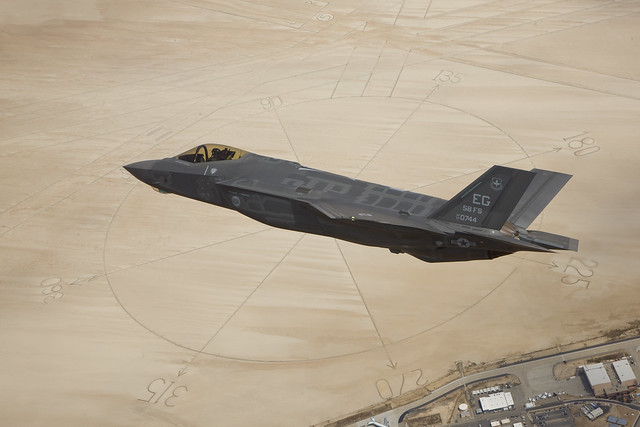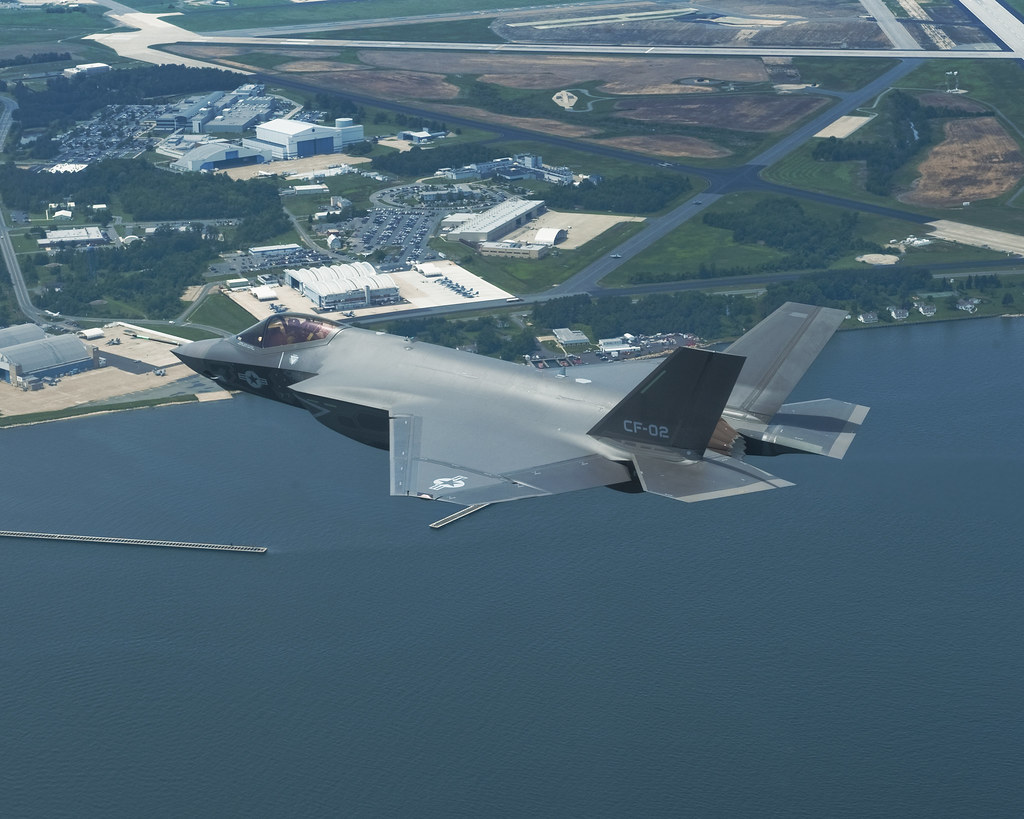US says joint strike fighter is unaffordable
By Jeremy Thompson
The Federal Government has denied a blowout in costs for the US-built F-35 joint strike fighter will affect Australia's mass purchase of the warplane.
The Government has placed a tentative order for 100 of the stealth aircraft to replace its ageing fleet of less capable F/A-18 Hornets and the now retired F-111 fighter-bomber.
But overnight a US senate committee heard the latest cost estimate - which has nearly doubled from initial targets - would make the fleet of warplanes unaffordable.
The Pentagon's top weapons buyer, acquisition chief Ashton Carter, said the program currently has "an unacceptably high acquisition bill".
The cost of each aircraft in the US has ballooned from US$69 million ($64.7 million) to US$103 million, and the project has been dogged by ongoing design and development flaws.
A spokesman for Defence Minister Stephen Smith says the US senate review is "standard stuff" and the cost per unit will be lower as the program goes on.
But he said the cost of the initial 14 planes, at a cost of $3.2 billion or $228 million per aircraft, was a necessary cost to buy early-build units so pilots could be trained on the advanced fighter-bomber.
He said the balance of the order would be from aircraft made later in the production cycle when prices would be lower.
However a report from the Australian Strategic Policy Institute says delays in the F-35 are a bigger concern than the cost.
The defence and security think tank says the RAAF may have to wait a further seven years before the joint strike fighter enters service - six years after delivery was originally scheduled.
The Defence Minister's spokesman conceded most of the aircraft should arrive "in 2018 and 2019".
The Howard government ordered 24 off-the-shelf F/A-18F Super Hornets to serve as an interim multi-role fighter pending the arrival of the F-35 - a purchase at the time opposed by the RAAF.
To hedge against the prospect of further delays to the JSF program, the Gillard Government should buy more Super Hornets, the report said.
http://www.abc.net.au/news/stories/2011/05/20/3222259.htm?section=justin
By Jeremy Thompson
The Federal Government has denied a blowout in costs for the US-built F-35 joint strike fighter will affect Australia's mass purchase of the warplane.
The Government has placed a tentative order for 100 of the stealth aircraft to replace its ageing fleet of less capable F/A-18 Hornets and the now retired F-111 fighter-bomber.
But overnight a US senate committee heard the latest cost estimate - which has nearly doubled from initial targets - would make the fleet of warplanes unaffordable.
The Pentagon's top weapons buyer, acquisition chief Ashton Carter, said the program currently has "an unacceptably high acquisition bill".
The cost of each aircraft in the US has ballooned from US$69 million ($64.7 million) to US$103 million, and the project has been dogged by ongoing design and development flaws.
A spokesman for Defence Minister Stephen Smith says the US senate review is "standard stuff" and the cost per unit will be lower as the program goes on.
But he said the cost of the initial 14 planes, at a cost of $3.2 billion or $228 million per aircraft, was a necessary cost to buy early-build units so pilots could be trained on the advanced fighter-bomber.
He said the balance of the order would be from aircraft made later in the production cycle when prices would be lower.
However a report from the Australian Strategic Policy Institute says delays in the F-35 are a bigger concern than the cost.
The defence and security think tank says the RAAF may have to wait a further seven years before the joint strike fighter enters service - six years after delivery was originally scheduled.
The Defence Minister's spokesman conceded most of the aircraft should arrive "in 2018 and 2019".
The Howard government ordered 24 off-the-shelf F/A-18F Super Hornets to serve as an interim multi-role fighter pending the arrival of the F-35 - a purchase at the time opposed by the RAAF.
To hedge against the prospect of further delays to the JSF program, the Gillard Government should buy more Super Hornets, the report said.
http://www.abc.net.au/news/stories/2011/05/20/3222259.htm?section=justin









